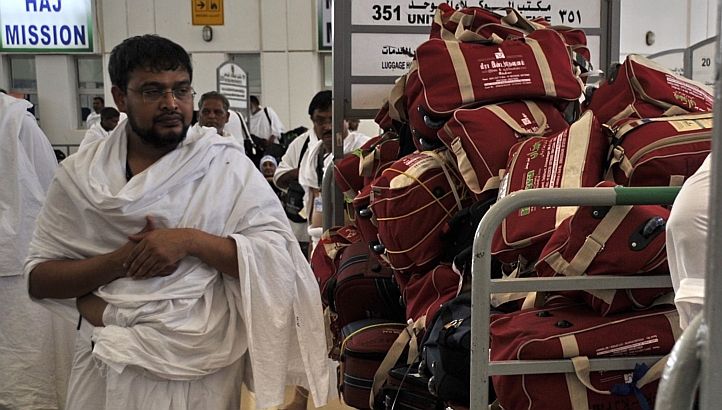Egypt will attract about 7.5m million tourists this year, and the volume of German tourism will increase by about 30-35% compared to last year, consequently compensating for the loss in tourism from the Russian and Ukrainian market, Said Al-Batouty — a UNWTO Economic Adviser, member of the UN Economic Commission for Europe, and board member of the German Travel Association — told Daily News Egypt (DNE).
In terms of international tourism, Al-Batouty said that the global tourism movement would reach 68% of pre-COVID-19 levels in 2022.
He continued that in 2023, the percentage is expected to improve to 82%, then 97% in 2024, and fully recover by 2025 with an expected 1.5bn international tourists.
Al-Batouty mentioned that recovery paths would vary across destinations, expecting that some will witness faster recovery rates than others.
“It is worth noting that international travel from North America showed improvement in 2021, as international flights increased by 15% y-o-y. The US also rose to become the largest market for outbound travel in the world in 2021.”
“In 2022, flights departing from North America are expected to reach 69% of 2019 levels before fully recovering by 2024 — 102% of 2019 levels — before other regions,” he added.
Al-Batouty also mentioned that it is expected that during the current year, the number of international departures from European countries will reach 69% of 2019 figures, and with the rebuilding of travel confidence, the intra-European market is expected to benefit, driven by preferences for short-distance travel. However, the revival in travel movement must deal with inflation, the rising cost of living, and the war in Ukraine.
He expects that by 2025, international flights are expected to reach 98% of 2019 levels if the war does not spread geographically beyond Ukraine’s borders.
“It should also be taken into account that Russia was the fifth largest source market for outbound travel in the world in 2019, while Ukraine ranked twelfth. Henceforth, limited outbound travel from these countries will hamper tourism recovery in Europe in general.”
Furthermore, the Asia Pacific region is expected to witness a delay in recovery, and flights departing from the region in 2022 will reach only 67% of 2019 levels due to the relatively slow lifting of travel restrictions and a tendency to renew local regulations during the COVID-19 outbreak.
He added that China — which was once the largest market for outbound travel in the region and the world — is showing no signs of easing its strict border measures in the short term.
He also pointed out that in 2021, international departures from China were just 2% of 2019 levels.
However, the adviser believes that overall international travel is set to recover to pre-pandemic levels by 2025, since several long-term shifts and short-term trends have emerged, tourism demand may look quite different.
He added that consumers are now more likely to seek authentic experiences, demand special travel deals, combine business and leisure travel, and be more aware of their overall environmental impact.
Al-Batouty also concluded that a possible full recovery by 2025 at the latest gives good reason for the travel and tourism sector to be optimistic about the future.




